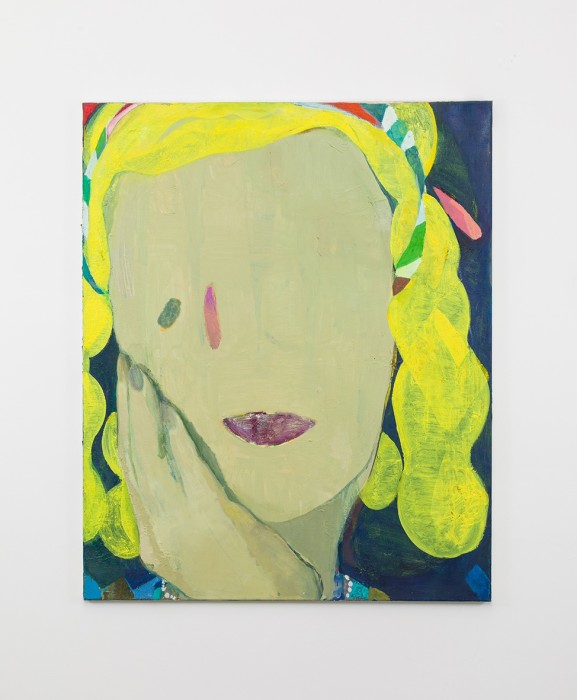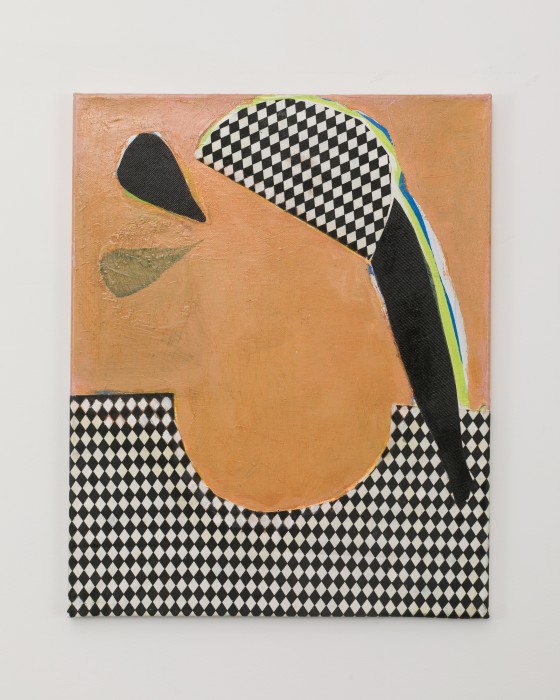On the occasion of Frieze New York 2021, Nara Roesler is proud to present a conversation between works by three Brazilian artists: Cristina Canale (b. 1961), Carlito Carvalhosa (b. 1961), and Amelia Toledo (b. 1926-2017). The presentation examines each of the artists’ practices in terms of their engagement with frontality and the self, a notion imbued with the historical weight of Leon Battista Alberti’s statement that Narcissus conceived painting as he tried to embrace his own image reflected on the fleeting surface of the water. The myth contains complex theoretical implications: painting as mirror, painterly images as solidified liquid reflections, and ultimately the idea of a primordial painting being that of a frontal face which becomes a formless image. The selection presented hereby offers an opportunity to understand how widely different practices have come to coincide in their attempts to capture and embody reflections of the self.
The core of the presentation rests on a formal and theoretical juxtaposition of Carlito Carvalhosa’s iconic works on mirror and Cristina Canale’s engagement with portraiture. Canale’s recent pieces have focused on the representation of faceless figures that appear to exist in a state of impending dissolution into abstraction, while certain elements hint at personal stories and social depictions. The lack of exactitude combined with the frontality of the figures awards the spectator freedom to either project or absorb, perhaps in a similar way as the water reflection of Narcissus’ figure.
On the other hand, Carvalhosa’s work on mirrors addresses the phenomenological and theoretical implications of the medium of painting, such as the idea that painted images have been considered artificial means of mirroring reality. Paradoxically, his use of mirrors as a support for painting annihilates the possibility of setting reality within the image, while forcing an inescapable frontal and reflexive encounter with each passing figure and itself.
Finally, Amelia Toledo’s works offer reverberations of these notions - Toledo’s Singing Dragons, rock fragments that have been molded by the movement of the tides, emit sounds when the viewer hits them with small wooden hammers. The sculptures thus vocalize the nature of the interaction, the sound varying according to the way in which each individual touches it, perhaps reflecting what the interacting viewer externalizes. In emanating noise, the Singing Dragons also take on a sense of individuality, as their intrinsic form shapes the type of sound it may utter.
Ultimately, by articulating Canale, Carvalhosa, and Toledo’s works, stressing the similarity of their forms and marks, while also emphasizing their diverging, yet coinciding engagement with the self, the presentation emphasizes these works as a projection of a self, an ephemeral reflection, or merely as offering its viewers the liberty to construct a narrative around the self.
Nara Roesler’s presentation at Frieze New York offers the public an opportunity to see the work of artists that are not usually displayed together, creating new perspectives for the audience to engage with. The selection also allows the public to better understand Amelia Toledo’s practice, a leading name of Brazilian contemporary art, whose work was recently the focus of a solo show in New York. Beginning in February and on view until April 2021, Nara Roesler showcased Toledo’s work in its New York gallery space, in an exhibition curated by Luis Pérez-Oramas.
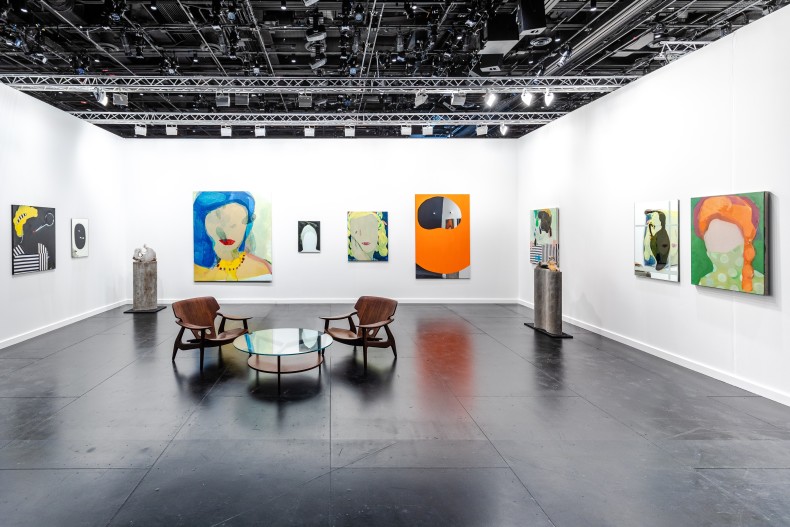


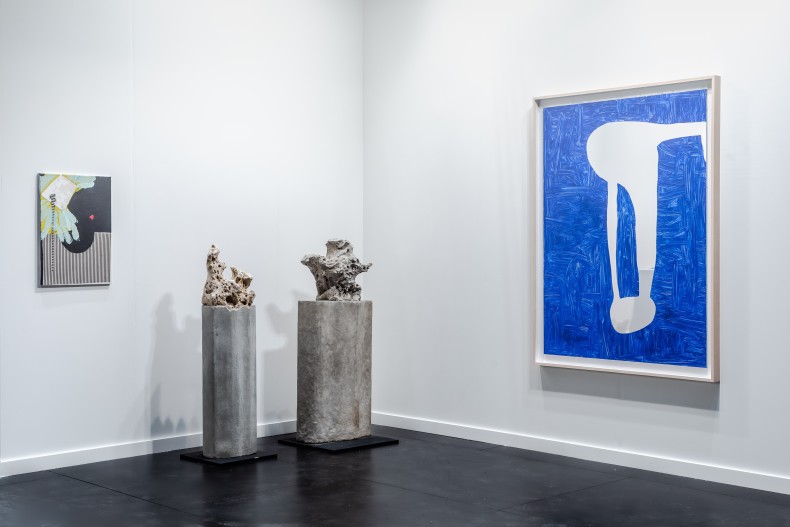
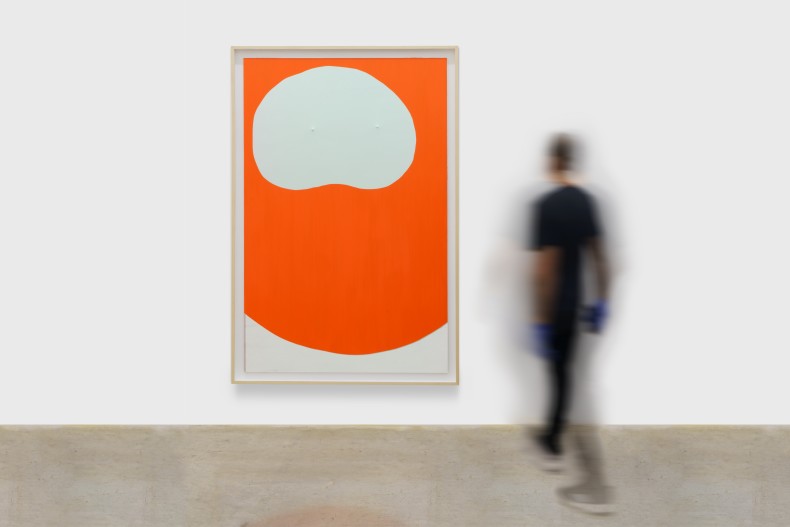

![Cristina Canale [esquerda / left] Mulher pássaro, 2020 acrilica, óleo e tecido sobre tela / acrylic, oil and fabric on...](https://artlogic-res.cloudinary.com/w_790,h_700,c_limit,f_auto,fl_lossy/ws-nararoesler/usr/library/images/main/events/95/cristina-canale_43973_carlito-carvalhosa_22665_courtesy-of-the-artists-and-galeria-nara-roesler.jpg)

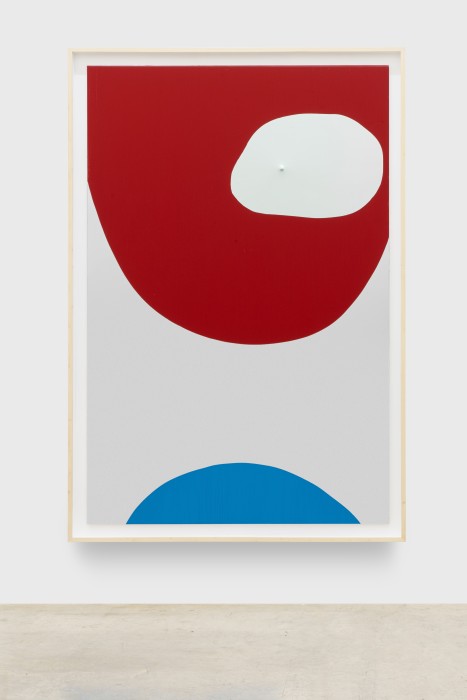
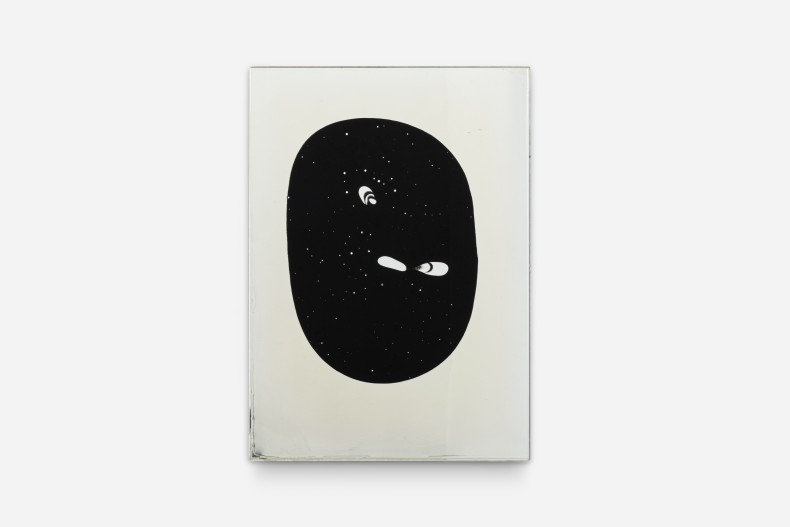
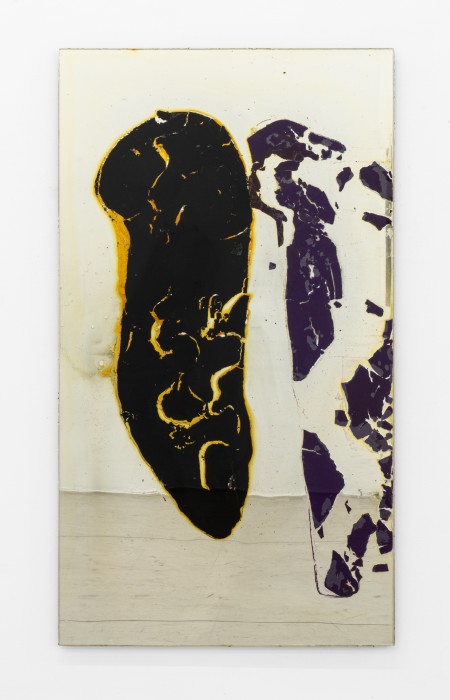



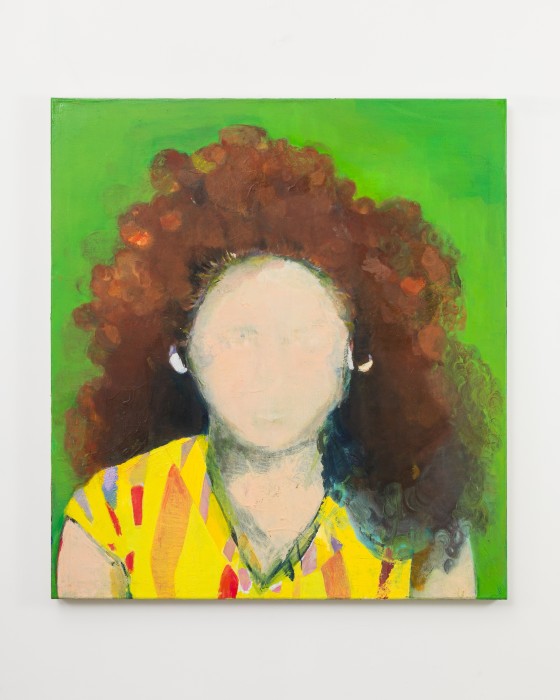

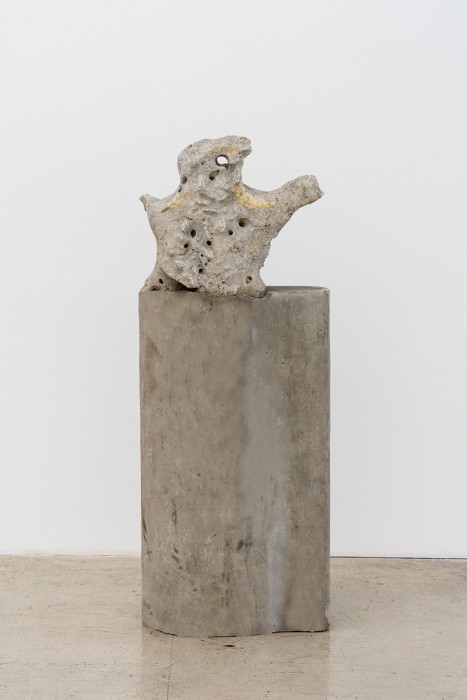

![Cristina Canale [esquerda / left] Muxoxo, 2020 tinta óleo sobre tela / oil paint on canvas 30 x 30 cm...](https://artlogic-res.cloudinary.com/w_790,h_700,c_limit,f_auto,fl_lossy/ws-nararoesler/usr/library/images/main/events/95/47176_47175_cc_alexander-janetzko_high_human-scale.jpg)
